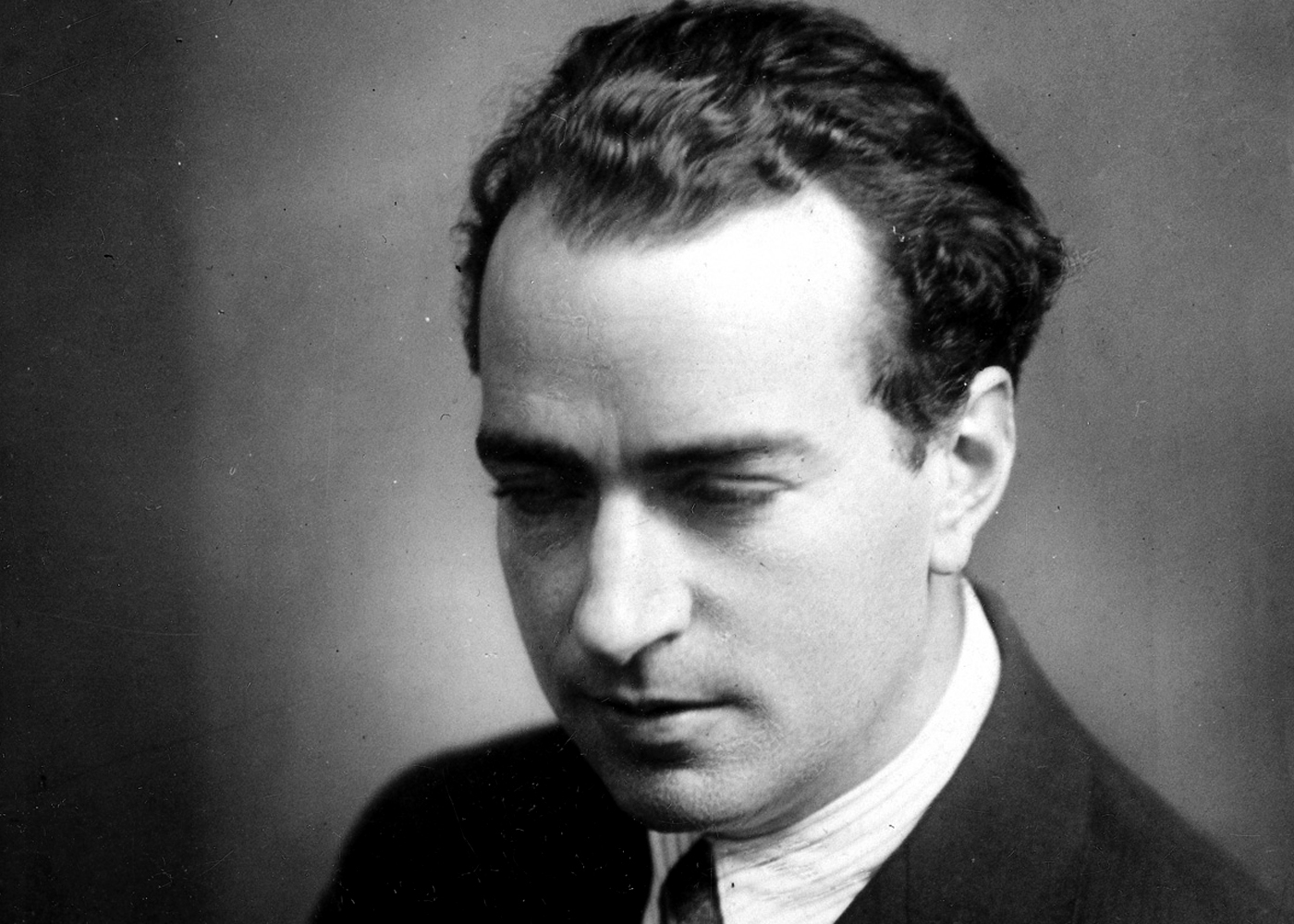BACK TO TOP
Joaquín Rodrigo
Concierto de Aranjuez
- Adagio
Joaquín Rodrigo, one of Spain’s most celebrated composers of the 20th century, is best known for his evocative and expressive musical works, which often drew upon the rich traditions of Spanish folk music. Born in 1901 in Sagunto, Spain, Rodrigo became practically blind at the age of three due to an infection but overcame this challenge to become a master in both music composition and theory. His early works are characterized by a delicate, personal lyricism and orchestral colours that are sometimes very bold. Among his most iconic works is the Concierto de Aranjuez, composed in 1939, which has become fundamental in the classical guitar repertoire.
The second movement of the Concierto de Aranjuez, Adagio is one of Rodrigo’s most renowned compositions. This movement is deeply introspective, marked by its lyrical melody and rich orchestral textures, evoking a sense of melancholy. The music’s warmth and emotional depth resonate with listeners, capturing the serene beauty of the gardens of the Royal Palace of Aranjuez for which the concerto is named. The Adagio has since become a favorite in the classical world, not only for its stunning use of harmony and melody but also for its emotional impact.
Although it is originally written for the guitar, the second movement of the Concierto de Aranjuez would translate beautifully to the cello. The cello’s expressive range, from its warm, resonant lower register to its upper notes, can work as effectively as the guitar. Its ability to sustain long, lyrical phrases complements the movement’s slow, meditative tempo. Although the guitar’s timbre is central to the piece, the cello’s voice can offer a fresh perspective on this iconic work, adding new dimensions to its already existing emotion.
Date:
January 21, 2025








